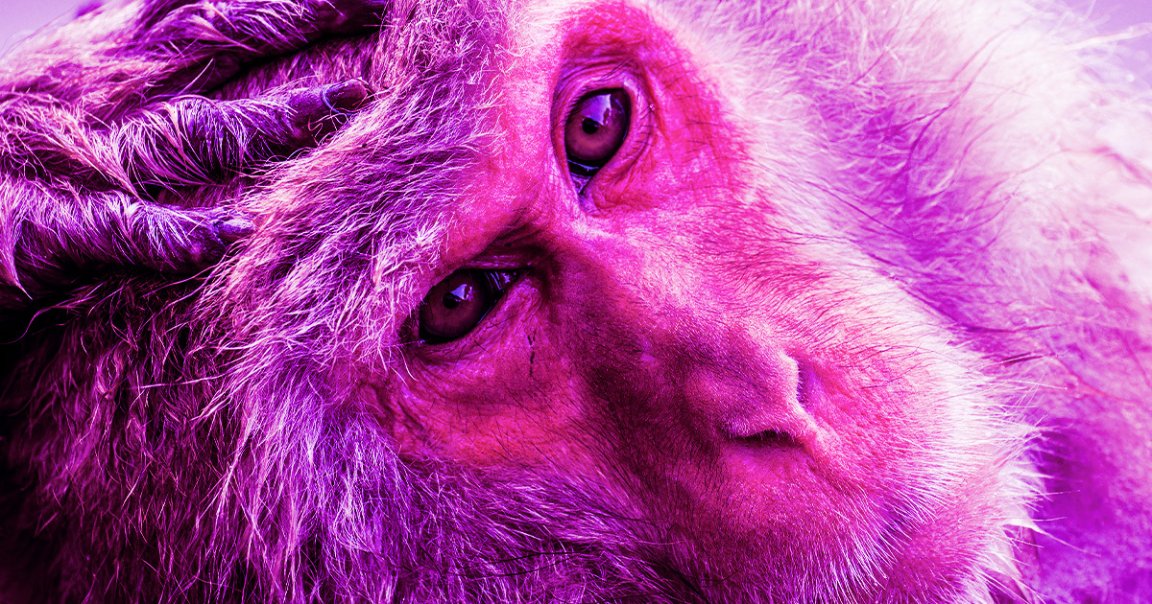
Scientists have successfully used human stem cells to patch a hole in a monkey’s retina, restoring the primate’s vision and marking a successful step forward in the quest to treat age-related vision loss.
As detailed in a study published this month in the journal Stem Cell Reports, the team led by Michiko Mandai at the Kobe City Eye Hospital in Japan focused on fixing what’s called a macular hole, an ocular condition associated with aging. As we get older, the vitreous — the gel-like fluid that fills human eyeballs and maintains their rounded shapes — shrinks away from the retina, which sometimes causes a tear in the macula.
These injuries are consequential. The macula sits at the center of the retina and is the most active part of the eye, responsible for central vision and light processing.
Thus, macular holes cause vision to blur and decline over time, and as New Scientist notes, current fixes — which are only an option in about 90 percent of cases — come at a cost: loss of peripheral vision. To treat macular holes, doctors will transfer cells from the outskirts of the retina to the middle. But if you’re stealing cells from the outskirts of the eye, periphery vision gaps are somewhat inevitable. Tears are also known to reoccur.
That’s why researchers are interested in implanting stem cells to repair the problem. Rather than patching the macular hole with the limited cells already in the eye, stem cells present the option of introducing new cells entirely.
For their study, the scientists started by growing a sheet of retinal cell precursors, derived from a human embryo.
Those cells were then transplanted into the right-side retina of a macular hole-plagued snow monkey that struggled to pass vision tests.
After six months, the scientists re-tested the monkey’s eyesight. Before the transplant, the monkey was able to focus its gaze on just 1.5 percent of dots in a series of tests. But six months into the transplant, the primate was, across three tests, able to fix its eye’s gaze on between 11 and 26 percent of dots — a marked improvement.
Unfortunately, there are some thorny ethical considerations: to comprehensively examine the efficacy of the stem cell treatment beyond dot tests, the scientists had to remove the snow monkey’s eye altogether. In doing so, though, the scientists did find that the retina had grown new visual cells.
However, they couldn’t tell whether those cells had grown out of the implanted stem cell or the monkey’s native retina, meaning that scientists aren’t sure exactly how the stem cells actually worked inside of the snow monkey’s eye. Questions remain: did they sprout new cells on their own? Or did they spark regeneration in the primate’s original cells?
More research needs to be done to determine whether this treatment is suitable for human eyes.
Even so, the study reaffirms stem cells’ promise as an exciting future treatment for a range of ocular woes, including age-related vision decline.
More on eye treatments: Gene Therapy Gives Primates Young Eyes Again